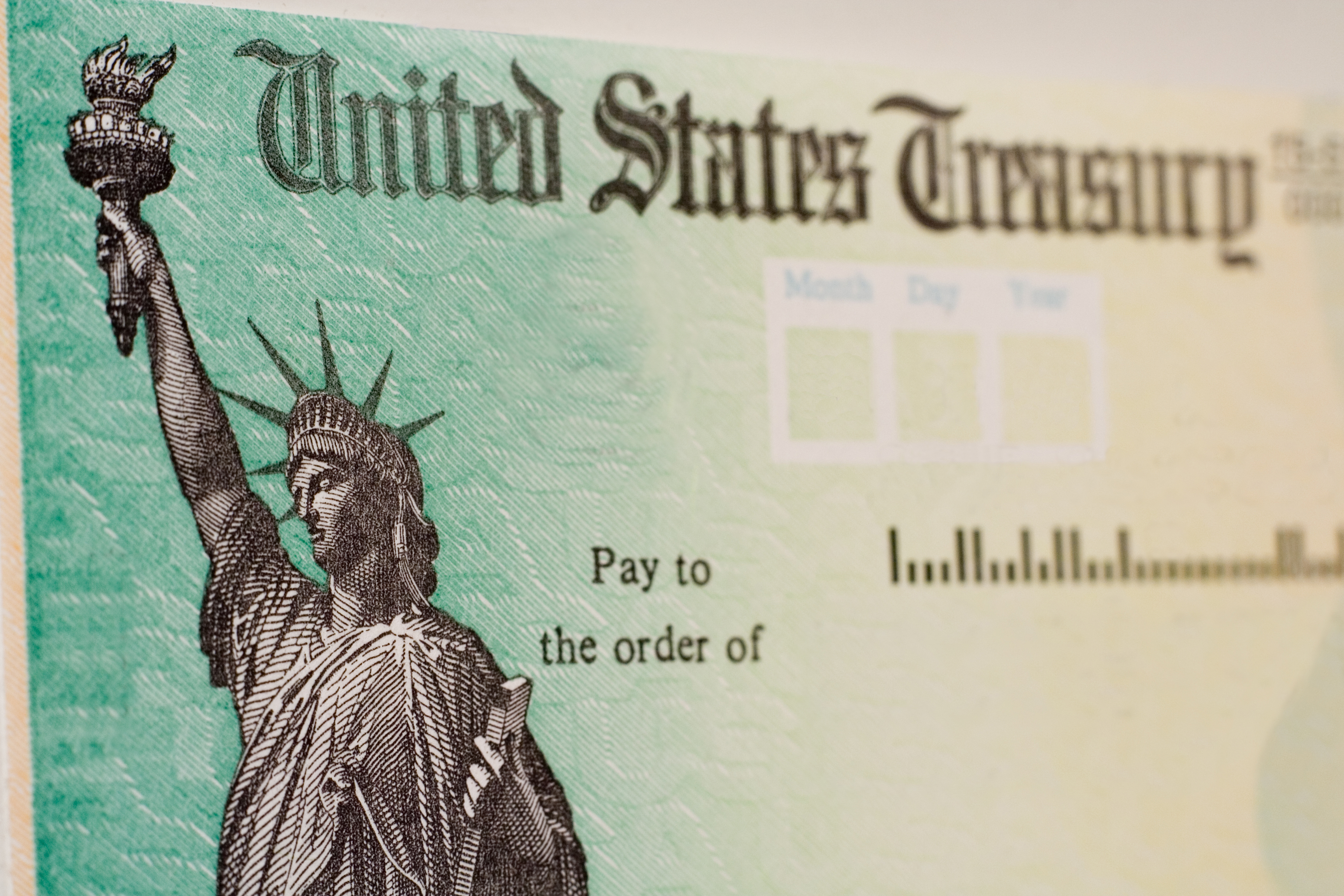The Value of Savings Bonds
Understanding how much your governement-issued bonds are worth can be confusing. Here's help.

I'm wondering why, if EE bonds mature in 30 years, the Web site for the Treasury bonds mentions penalties for cashing in before five years? What happens at five years? Are the bonds face value? Or would I just get the interest plus what I paid for the bond at the time? For example, if I paid $50 for an EE bond whose face value is $100, what do I get after five years?
Your bond would be worth $50 plus interest if you cashed it in after five years. The specific amount you would have after five years would depend on the interest rate when you purchased the bond. The bonds are designed to reach face value after 20 years (or the government makes up the difference if they don't).
Interest is added to the bond monthly and paid when you cash in the bond. If you cash in during the first five years, you'll have to forfeit the last three-months' interest as a penalty. Otherwise, the bond continues to earn interest for 30 years.

Sign up for Kiplinger’s Free E-Newsletters
Profit and prosper with the best of expert advice on investing, taxes, retirement, personal finance and more - straight to your e-mail.
Profit and prosper with the best of expert advice - straight to your e-mail.
If you bought an EE bond in May 2005 or later, the bond earns a fixed rate of return. For example, EE bonds purchased in November 2006 earn a fixed rate of 3.60% for the next 20 years. The bond continues to earn interest for 30 years, but the rate can change after 20 years.
EE bonds purchased from May 1997 to April 2005 earn a market-based interest rate. In November, that rate was 4.39%, and the rate will be set again on May 1 (those are annual rates, even though they change after six months). Bonds purchased before then earn variable interest rates (updated every six months) based on the year they were purchased.
Paper bonds are sold at half their face value, but bonds sold through TreasuryDirect are sold at their face value (a $25 bond, for example, is sold for $25). They both earn the same interest rate, it's just that the terminology is different.
Sound confusing? A service like SavingsBonds.com makes it easy to monitor the value of all of your bonds and keep track of interest-rate changes. You and your family members can monitor an unlimited number of bonds for $24.95 per year.
Get Kiplinger Today newsletter — free
Profit and prosper with the best of Kiplinger's advice on investing, taxes, retirement, personal finance and much more. Delivered daily. Enter your email in the box and click Sign Me Up.

As the "Ask Kim" columnist for Kiplinger's Personal Finance, Lankford receives hundreds of personal finance questions from readers every month. She is the author of Rescue Your Financial Life (McGraw-Hill, 2003), The Insurance Maze: How You Can Save Money on Insurance -- and Still Get the Coverage You Need (Kaplan, 2006), Kiplinger's Ask Kim for Money Smart Solutions (Kaplan, 2007) and The Kiplinger/BBB Personal Finance Guide for Military Families. She is frequently featured as a financial expert on television and radio, including NBC's Today Show, CNN, CNBC and National Public Radio.
-
 The AI Doctor Coming to Read Your Test Results
The AI Doctor Coming to Read Your Test ResultsThe Kiplinger Letter There’s big opportunity for AI tools that analyze CAT scans, MRIs and other medical images. But there are also big challenges that human clinicians and tech companies will have to overcome.
By John Miley Published
-
 The Best Places for LGBTQ People to Retire Abroad
The Best Places for LGBTQ People to Retire AbroadLGBTQ people can safely retire abroad, but they must know a country’s laws and level of support — going beyond the usual retirement considerations.
By Drew Limsky Published
-
 Five Ways to Shop for a Low Mortgage Rate
Five Ways to Shop for a Low Mortgage RateBecoming a Homeowner Mortgage rates are high this year, but you can still find an affordable loan with these tips.
By Daniel Bortz Last updated
-
 Bond Ratings and What They Mean
Bond Ratings and What They Meaninvesting Bond ratings measure the creditworthiness of your bond issuer. Understanding bond ratings can help you limit your risk and maximize your yield.
By Donna LeValley Last updated
-
 Bond Basics: Treasuries
Bond Basics: Treasuriesinvesting Understand the different types of U.S. treasuries and how they work.
By Donna LeValley Published
-
 Bond Basics: Ownership
Bond Basics: Ownershipinvesting Bonds come in a variety of forms, but they all share these basic traits.
By Donna LeValley Published
-
 Bond Basics: Pick Your Type
Bond Basics: Pick Your Typeinvesting Bonds offer a variety of ways to grow wealth and fortify your portfolio. Learn about the types of bonds and how they work.
By Donna LeValley Published
-
 Silicon Valley Bank, Signature Bank Failures Send Bank Stocks Reeling
Silicon Valley Bank, Signature Bank Failures Send Bank Stocks ReelingFinancial stocks continued to sell off following the collapse of regional lenders SVB and Signature Bank.
By Karee Venema Last updated
-
 Stock Market Today: S&P 500 Snaps Weekly Losing Streak
Stock Market Today: S&P 500 Snaps Weekly Losing StreakAI stocks were big winners on Friday after C3.ai posted solid earnings and guidance.
By Karee Venema Published
-
 Stock Market Today: Stocks Bounce Back; UNP Rallies After CEO Splits
Stock Market Today: Stocks Bounce Back; UNP Rallies After CEO SplitsThe major benchmarks closed higher Monday after notching their worst week of the year on Friday.
By Karee Venema Published